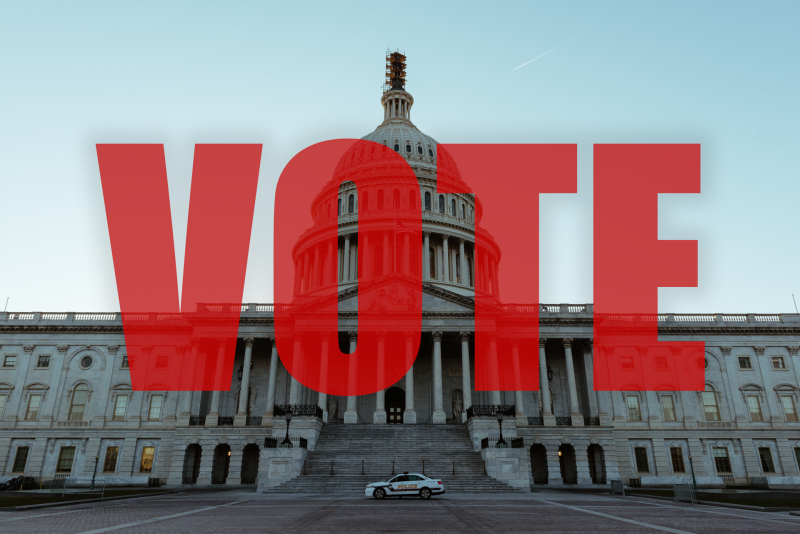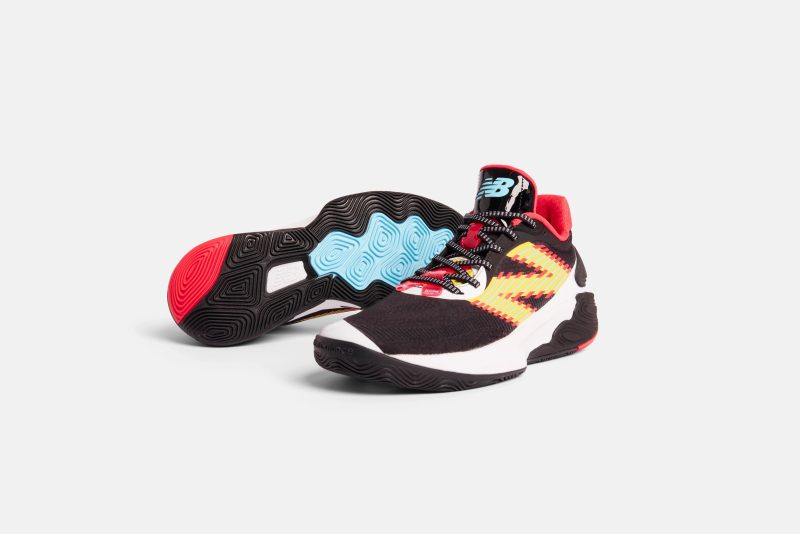- 54,124
- 31,614
- Joined
- Jan 20, 2002
Originally Posted by westcoastsfinest
Originally Posted by JapanAir21
A 30 percent decline seems to be the magic number, even for Henry, who runs an escort service in New York that he says charges between $400 and $4,000 an hour, depending on the woman.
Wait, is this dude talking about prostitutes?
I thought he was talking about bodyguards...

Uhm, what else would he be talking about? C'mon son.
who got that clip of that pornstar sienna west calling out peja stojakovich? lol







